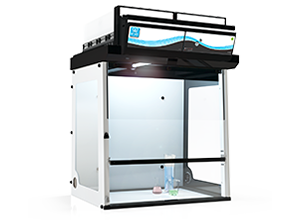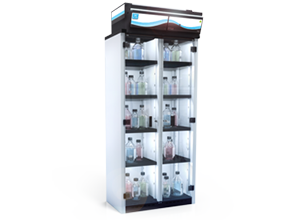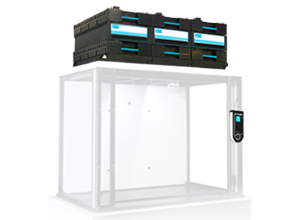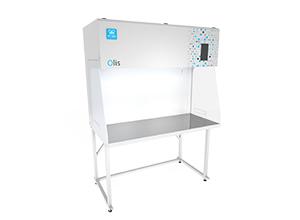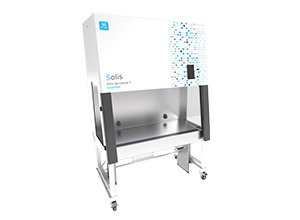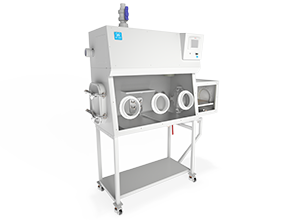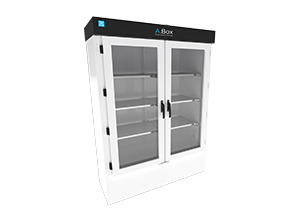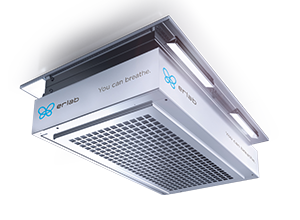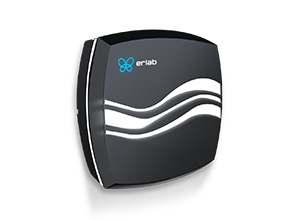Nearly a year into a pandemic that has ravaged our nation and the world, we continue to see infection rates soaring to 15M with 202k new cases and 1,522 deaths even as this article is written. It is human nature to be hopeful for the future, in spite of the number of increasing infections. We need to believe that things will get better, so when we read that a vaccine will soon be available, we become complacent and wait for the silver bullet to arrive that will end the pandemic and return ‘us’ to normal. Students of human history and science know better.
Changing strategies to stay healthy
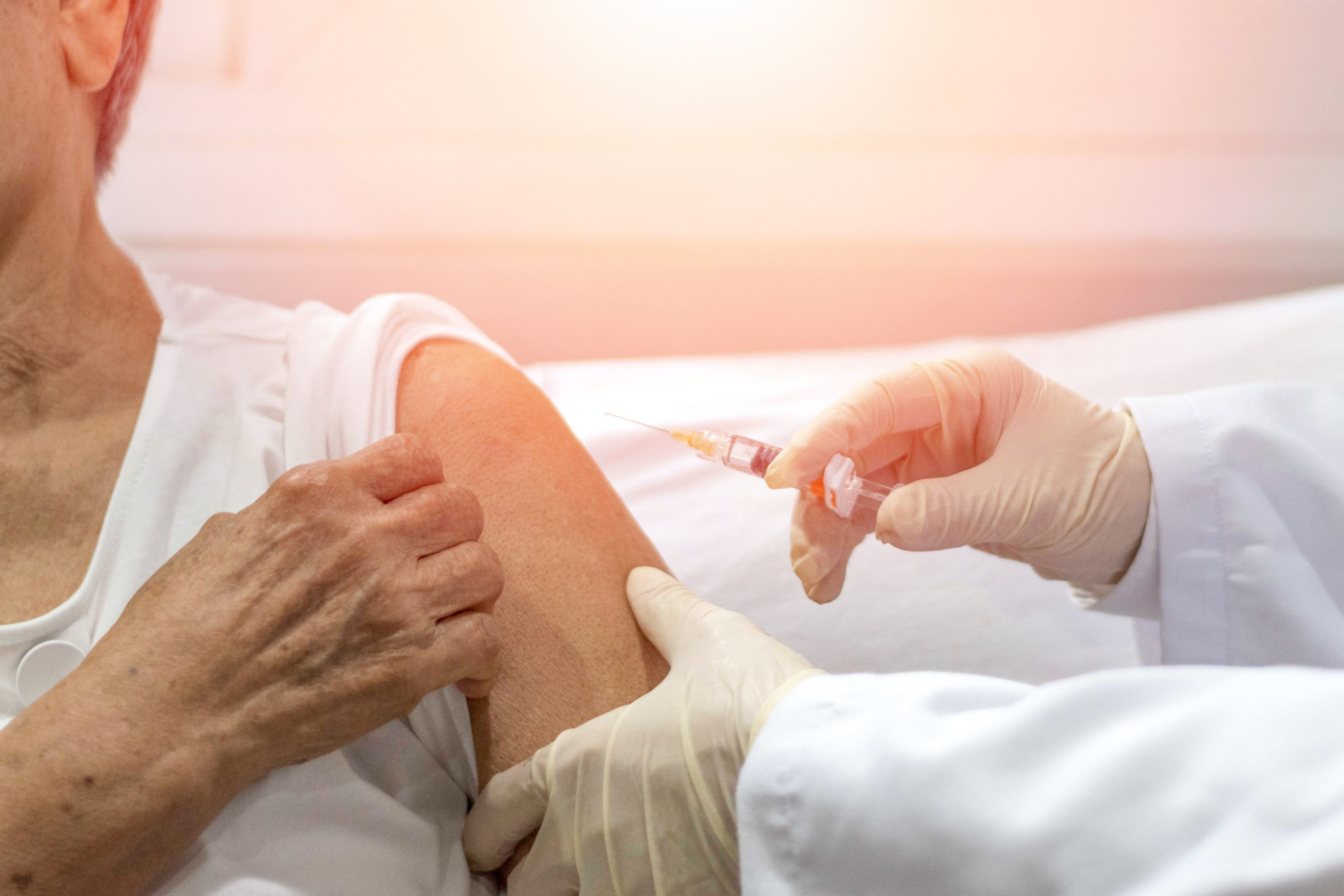
While, yes, a vaccine is a step in the right direction, we must be prepared for what will undoubtedly be challenges associated with universal inoculation, such as reluctant members of society, logistical distribution challenges, at risk patients, allergic patients, and the certainty of virus mutations.
As an RNA virus, the SARS-CoV-2 has the ability to rapidly change its genome underlying the ability to emerge in novel hosts and escape vaccine-induced immunity, which will most certainly mean that SARS-CoV-2 will be a reoccurring epidemic disease like influenza and other Coronaviruses. We need to change our mindset, make healthier choices, and strategize with new preventative mitigation planning.
Getting back to normal
What does this mean for our future and everyday lives? How can we go back to a level of normalcy where we can safely visit our loved ones, eat at restaurants, return to schools and offices, and socialize the way most of us yearn for? One thing is certain; we cannot assume vaccination will completely stop infections or even deaths. In fact, if you look at the yearly impact over the last ten years that the influenza disease has had on the United States, there is an average of 33 million symptomatic illnesses, 442,000 hospitalizations, and 36,000 deaths each year, and yet vaccinations are available every flu season, which shows the dangerous ability of an RNA virus to mutate and produce different strains.
The silent killer
While exposure to viruses and the path to developing mitigation strategies is a big concern, this is AirPollutionSilentKiller_Grphc1 only part of the story. There is a silent killer that lurks within our breathing zones every day. That killer is air quality and exposure to PM 2.5. As we are continuously exposed to these pollutants, our bodies are being compromised and struggling to fight off respiratory illnesses, which is why PM 2.5 is attributing to higher Covid-19 infections rates, the severity of infections, and even death.
The impact of exposure, over time, to PM 2.5 is far more significant than most people realize and it’s responsible for 7 million deaths worldwide with over 300,000 in the United States alone, each year. So how is this dealt with? How can we control indoor air quality (IAQ) when we are burdened with invasive outdoor pollution that seems uncontrollable?
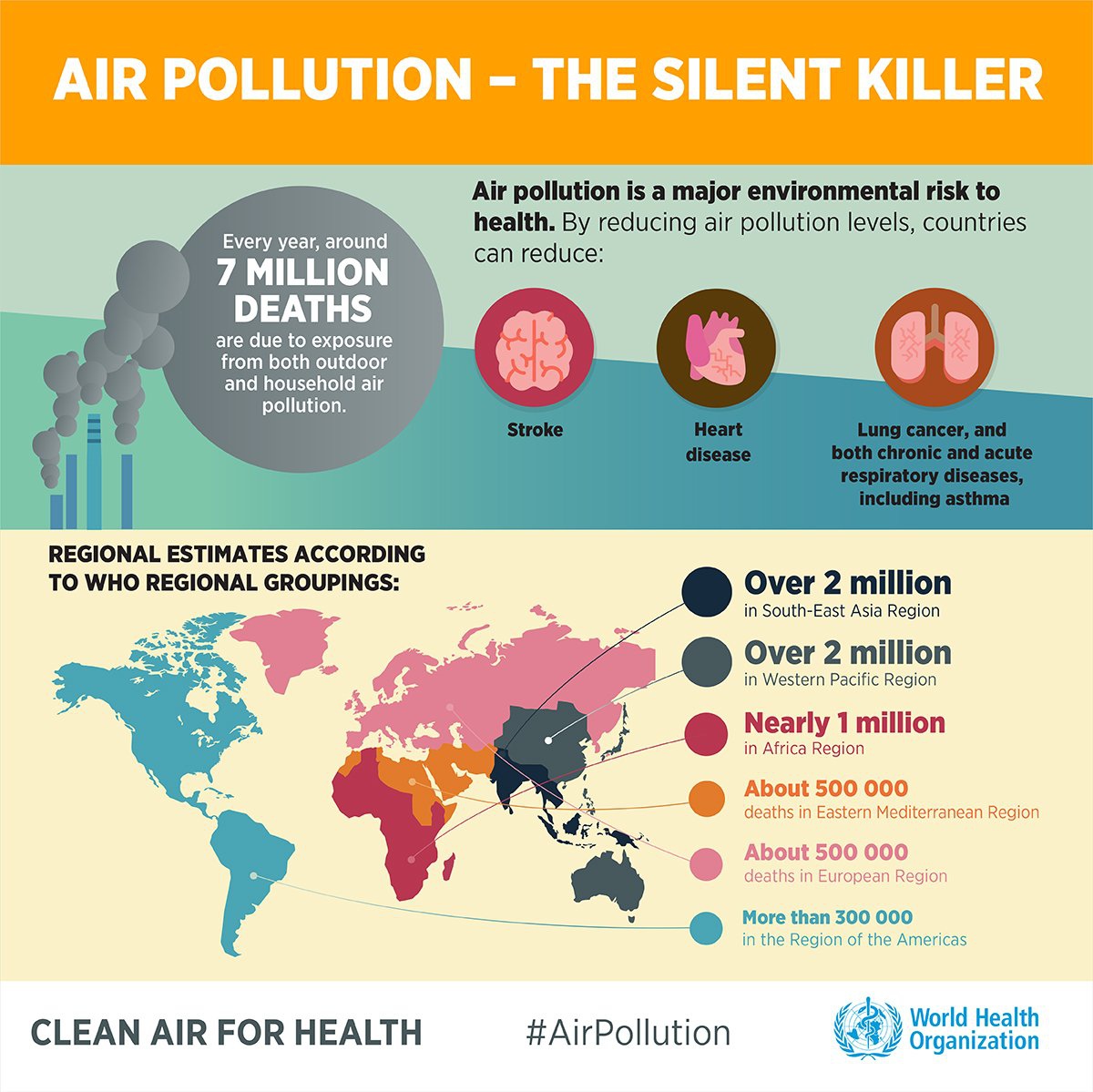
We are all responsible for maintaining sustainable air quality
To promote air quality there needs to be buy in from the government, municipalities, industry, businesses, and citizens. We must all do our part in reducing the environmental impact and strain we put on our ecosystem. While together, we can accomplish great things and contribute to a healthier environment there are many pollution factors to consider and we have a long way to go. Though we are making strides to improve the air we breathe, we are not doing it fast enough and 300,000 deaths should never be an acceptable number. We can and need to raise the bar on our efforts to address this issue.
What is created outside comes inside
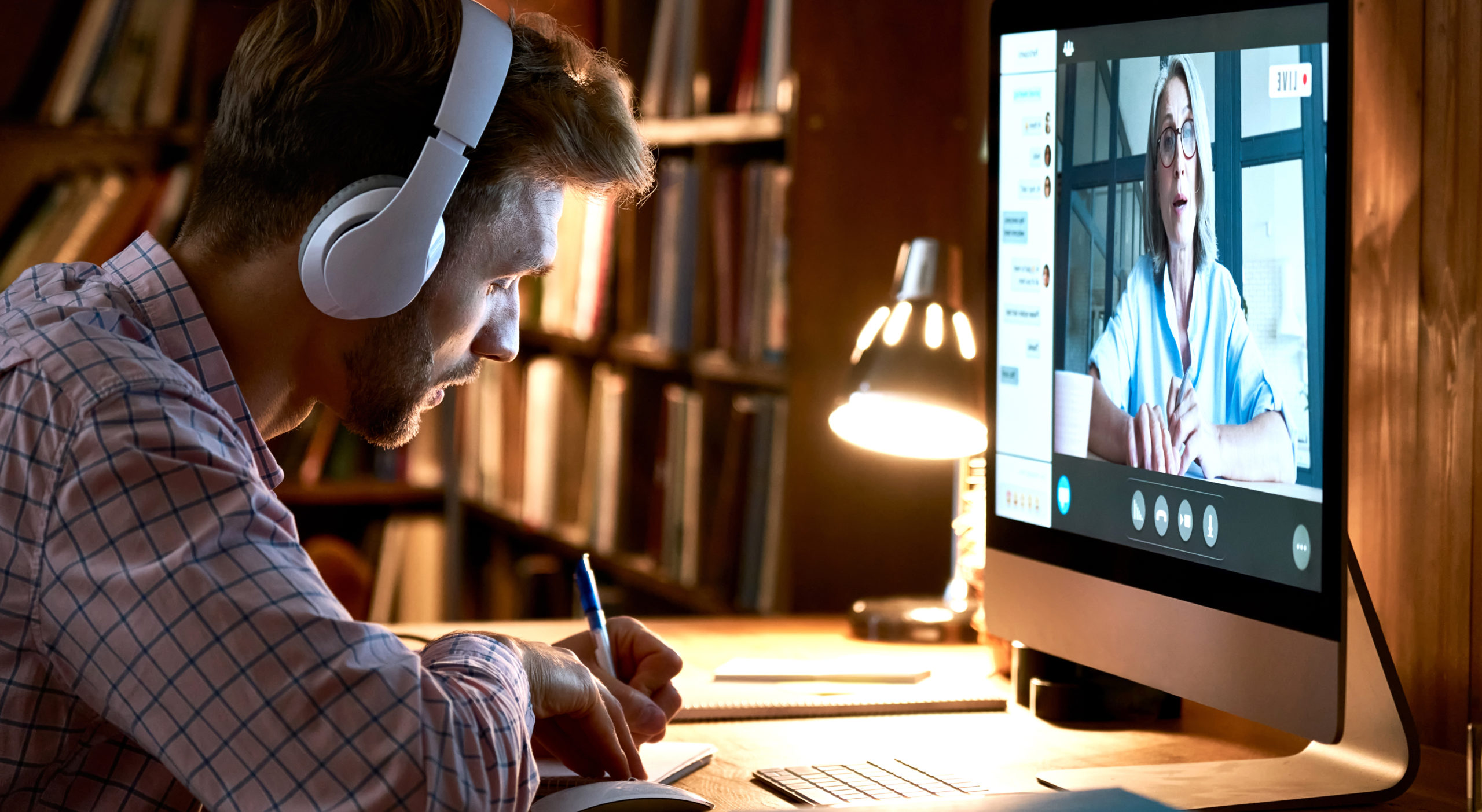
Although the focus of this article is not about cleaning up the outside environment, harmful SBS_Office wWindowOpenexterior air plays a devastating role in “Sick Building Syndrome (SBS)” as contaminated outside air comes inside – constantly. Thus, the issues of bad air inside and out are perpetually locked together.
leaning up the outside air along with our environment is hopefully an ongoing, albeit, a monumental task. Cleaning the air we are forced to breath inside is much more manageable with immediate solutions.
Solutions that mitigate aerosolized virus spread with positive, proven scientific results, play an important role in countering epidemic diseases, but they also mitigate the contaminated air inherent in the air we breathe where we work, live, and play.
The long term playbook
There has to be a conscious decision by every school, business owner, long-term care facility, and healthcare provider, to name a few, to plan for the future and permanently eliminate the risk of bad air that is breathed every day, by everyone. A large scale re-imagining of how pure air will protect the health of staff, students, first responders, and at risk populations is paramount, with air protection in all public places being the ultimate goal.

In many respects, poor air quality is much like a pandemic, but without a vaccine to suppress it. However, while atmospheric pollution will take decades to recover, we can control our indoor air quality (IAQ) today with proper ventilation and filtration solutions that can be integrated easily into existing infrastructure and without downtime.
We are social beings with a need to gather and celebrate and we have the power to be together safely, if we incorporate the guidelines and technology that protects us. We must realize that ultimately, we are only as healthy as the air we breathe.
Article on Virus Mutation – COVID-19 Variant in US
Visit the Halo Air Purification Stations website
Summary of testing results on the Halo Air Purification Station
Air Pollutions Effect on Global Disease
The danger of using placebo products to combat COVID
Video – Demonstrating the effectiveness of the Halo Air Purification Station
Clearing the Air – Room level contaminated air mitigation
Laboratory report on the “Efficacy of the Erlab Halo P Device Against Aerosolized MS2 Virus”


